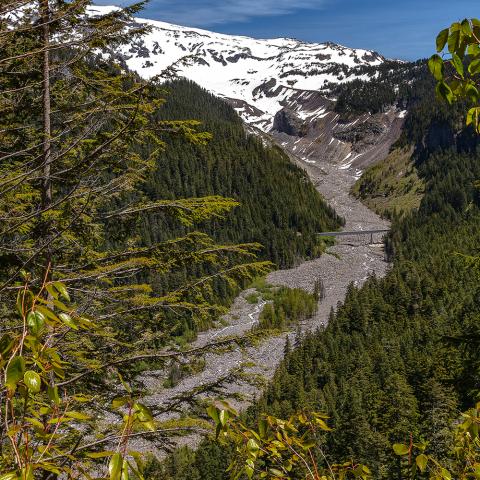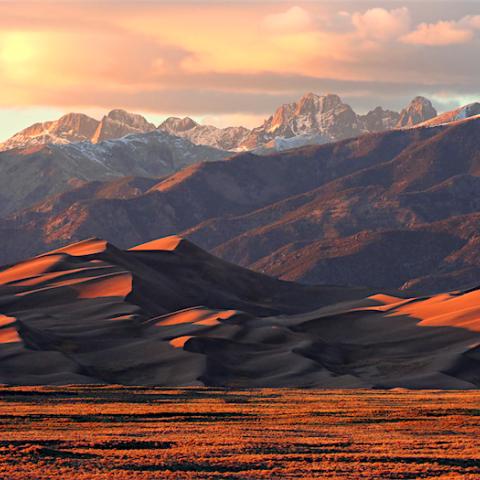Five Parks To Help You Avoid Crowding This Summer

It's going to be a crowded summer in the National Park System, but that doesn't mean you can't find incredible parks that are a bit off the well-beaten path and will offer you both beauty and some solitude without too much work on your part.
- By NPT Staff - May 29th, 2021 1:45am














